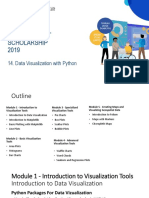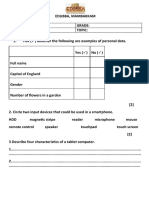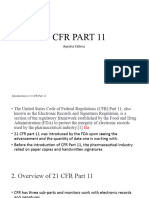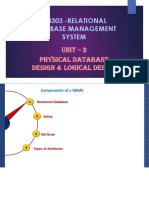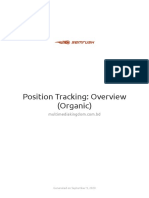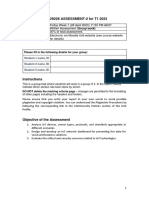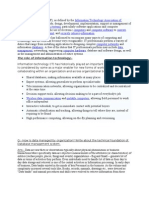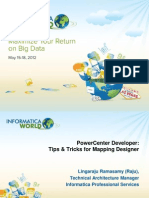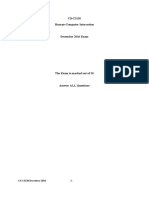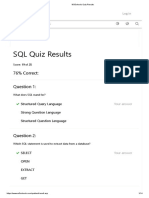0% found this document useful (0 votes)
16 views7 pagesML Assignment - 1
The document provides an overview of data visualization, defining it as the graphical representation of information using visual elements like charts and graphs to identify trends and patterns. It outlines common types of visualizations such as bar charts, line graphs, and scatter plots, and lists various tools for creating these visualizations, including Matplotlib, Seaborn, ggplot2, and Plotly, along with their key features. Each tool is described in terms of its capabilities and integration with data structures, emphasizing their importance in data analysis.
Uploaded by
mr.king6719Copyright
© © All Rights Reserved
We take content rights seriously. If you suspect this is your content, claim it here.
Available Formats
Download as DOCX, PDF, TXT or read online on Scribd
0% found this document useful (0 votes)
16 views7 pagesML Assignment - 1
The document provides an overview of data visualization, defining it as the graphical representation of information using visual elements like charts and graphs to identify trends and patterns. It outlines common types of visualizations such as bar charts, line graphs, and scatter plots, and lists various tools for creating these visualizations, including Matplotlib, Seaborn, ggplot2, and Plotly, along with their key features. Each tool is described in terms of its capabilities and integration with data structures, emphasizing their importance in data analysis.
Uploaded by
mr.king6719Copyright
© © All Rights Reserved
We take content rights seriously. If you suspect this is your content, claim it here.
Available Formats
Download as DOCX, PDF, TXT or read online on Scribd
/ 7














































